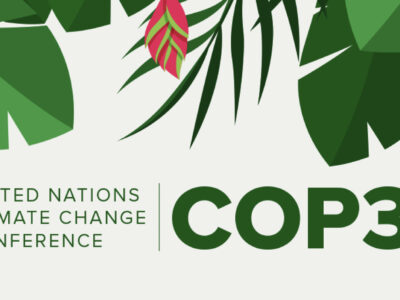This is just a short post to draw your attention to John Tierney’s New York Times column on John Holdren’s appointment as Obama’s science advisor. Tierney contends that: “Dr. Holdren is certainly entitled to his views, but what concerns me is his tendency to conflate the science of climate change with prescriptions to cut greenhouse emissions. Even if most climate scientists agree on the anthropogenic causes of global warming, that doesn’t imply that the best way to deal with the problem is through drastic cuts in greenhouse emissions. There are other ways to cope, and there’s no “scientific consensus” on which path looks best.”
Joe Romm has an interesting rebuttal to Tierney’s argument at Climate Progress. Reviewing Tierney’s words quoted above, Romm concludes that the “fact that the NYT gives a science column to someone who wrote a paragraph so ignorant of science boggles the mind.”
In my opinion, while there may not be consensus as to whether the world should aim for stabilization at 350 ppm, as advocated by Jim Hansen here at Columbia/NASA GISS, or 550 ppm, it’s pretty clear that business-as-usual is a rotten idea. According to a recent report from the British Met Office’s Hadley Centre, current emission trends will lead to a 5 degree celsius increase in global average temperatures by the end of the century. The International Energy Agency’s World Energy Outlook 2008 estimates that the eventual temperature increase from business-as-usual would be up to 6 degrees celsius. And the temperate scientific consensus, as represented by the IPCC’s Fourth Assessment Report, suggests that temperature will rise between 1.8 to 4 degrees celsius by the end of the century.
What does this mean? According to the IPCC, we should expect sea level rise of between 0.18-0.59 meters, a “very likely increase in frequency of hot extremes, heat waves and heavy precipitation,” and there is “medium confidence that approximately 20 to 30% of species assessed so far are likely to be at increased risk of extinction if increases in global average warming exceed 1.5 to 2.5°C (relative to 1980-1999). As global average temperature increase exceeds about 3.5°C, model projections suggest significant extinctions (40 to 70% of species assessed) around the globe.”
While there is certainly variability in expert opinion, no one is saying that business-as-usual is a-okay.
How could the science of climate change not lead to prescriptions to cut greenhouse emissions? Furthermore, what’s your opinion on the involvement of scientists in public policy?




Scientists MUST be involved in public policy. They are the ones that obviously know the science behind what’s actually going on, best. They are the ones who will be able to measure the urgency of situations and convey the urgency, or lack thereof, to those actually involved in the deliberating. However, scientists cannot, by any means, be excluded from this process. Brief summaries of summaries of extensive scientific reports handed to policymakers will not be enough. Also, a broad consensus among scientists is more likely to prod and urge politicians and governments to be more heedful of their warnings and predictions.